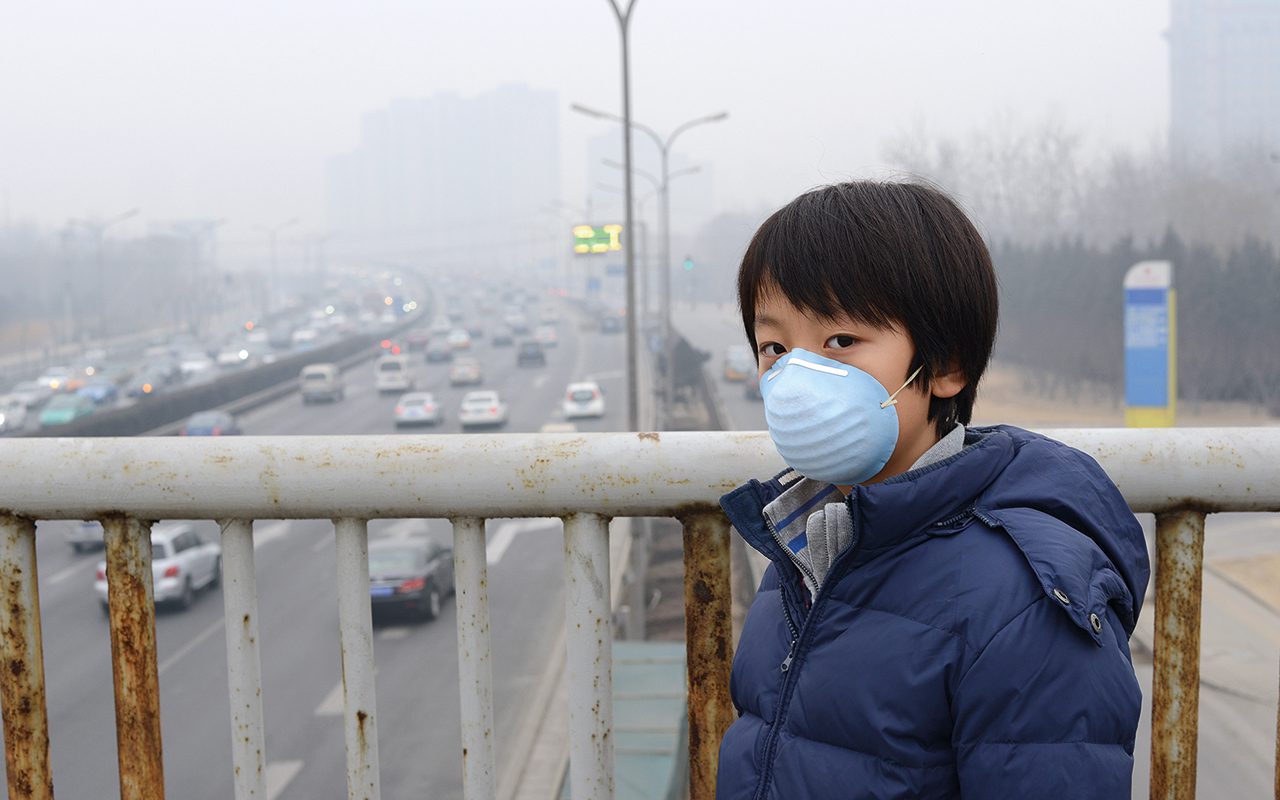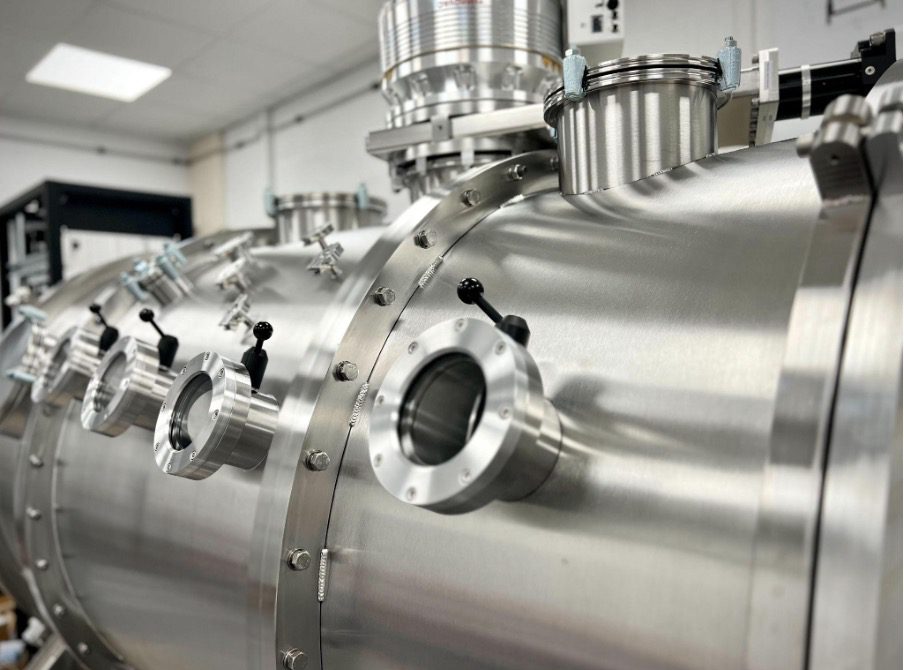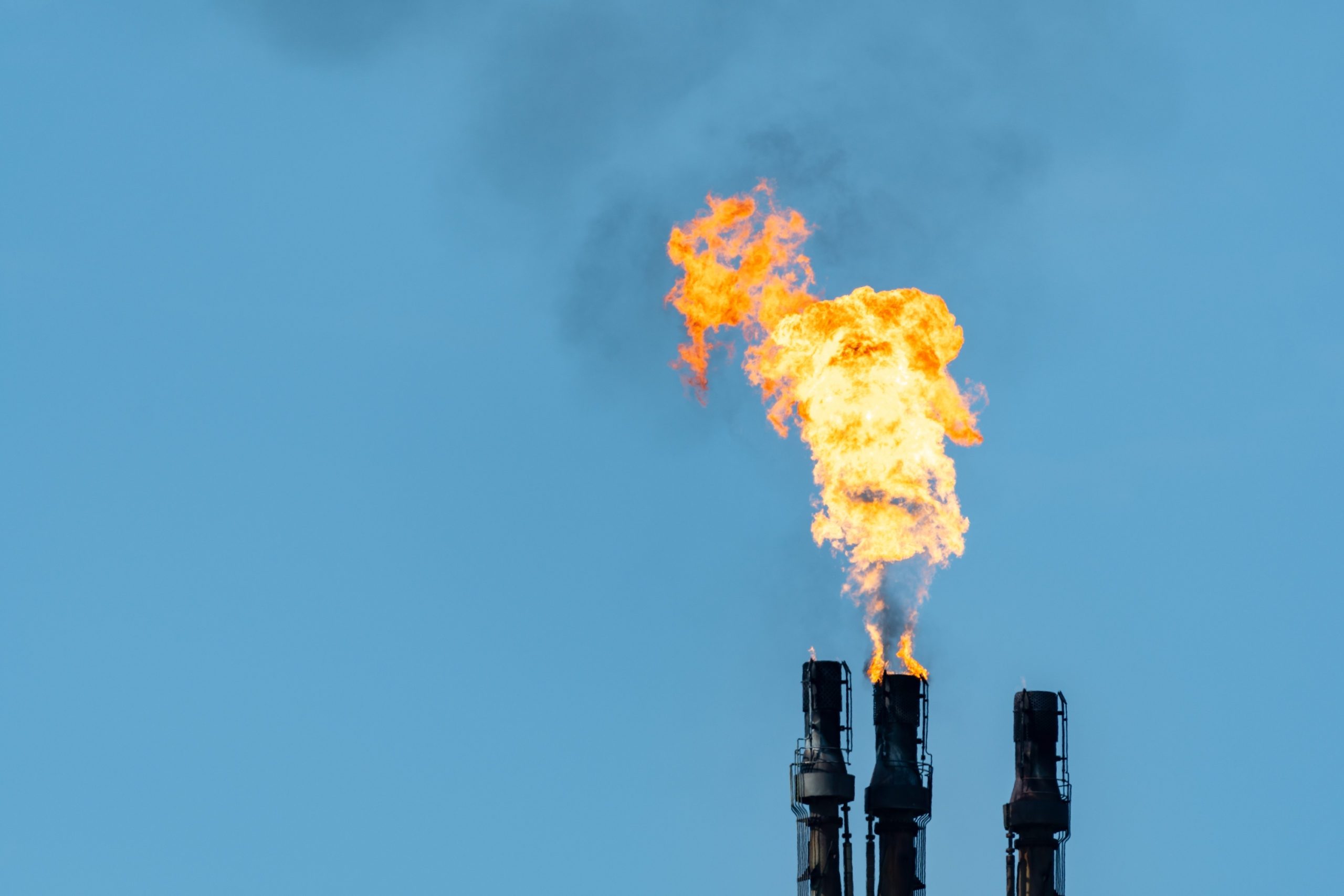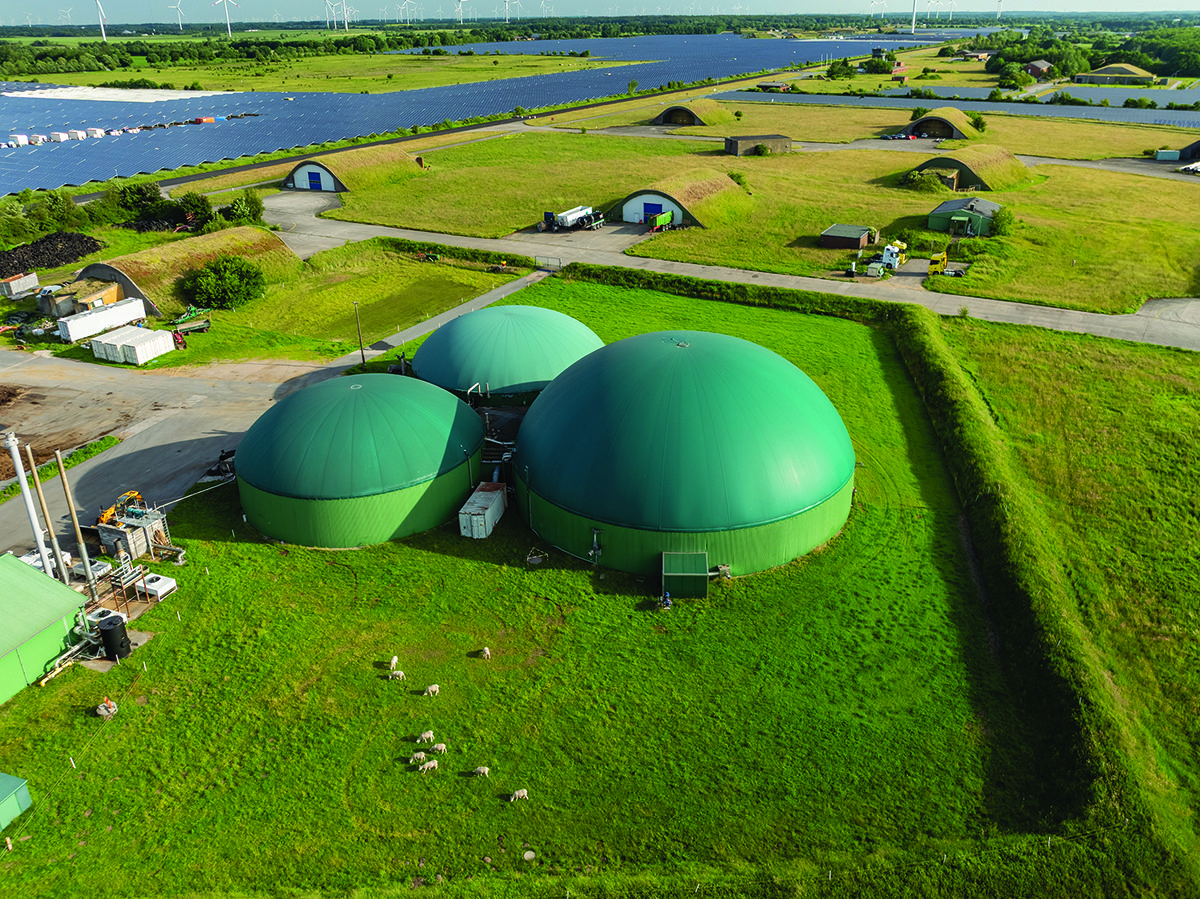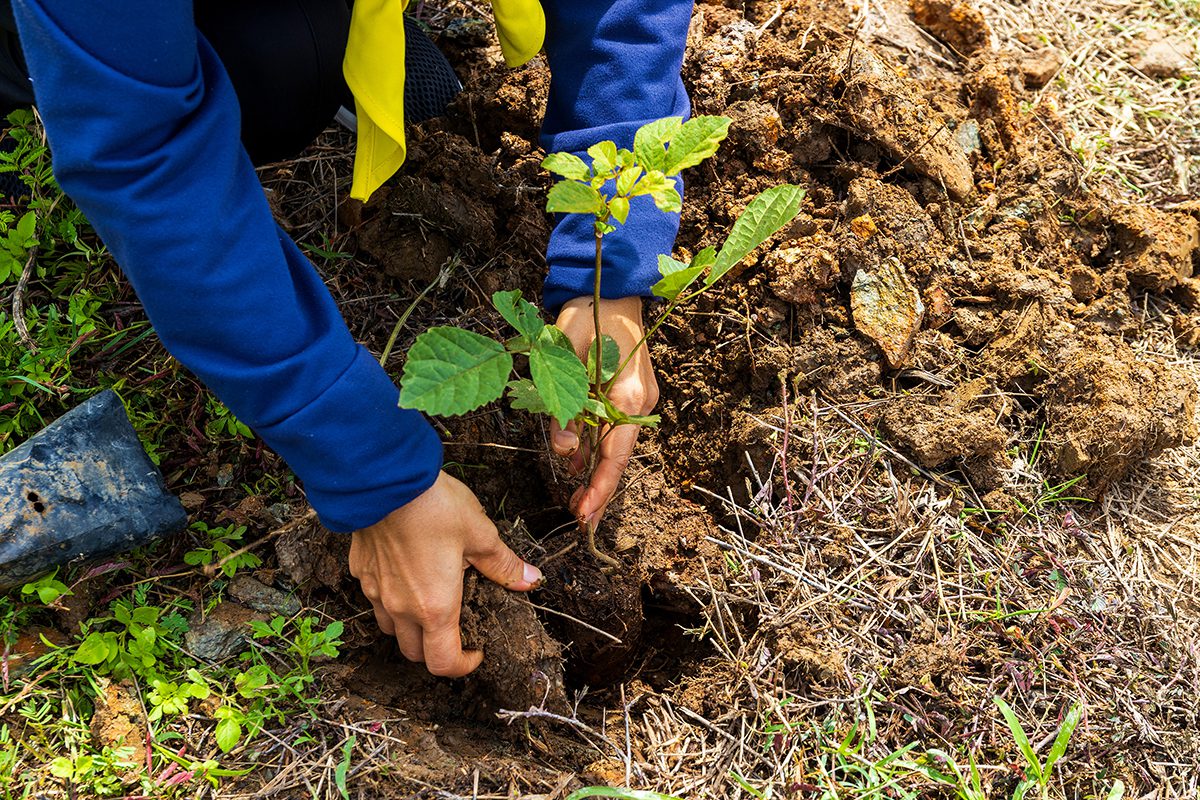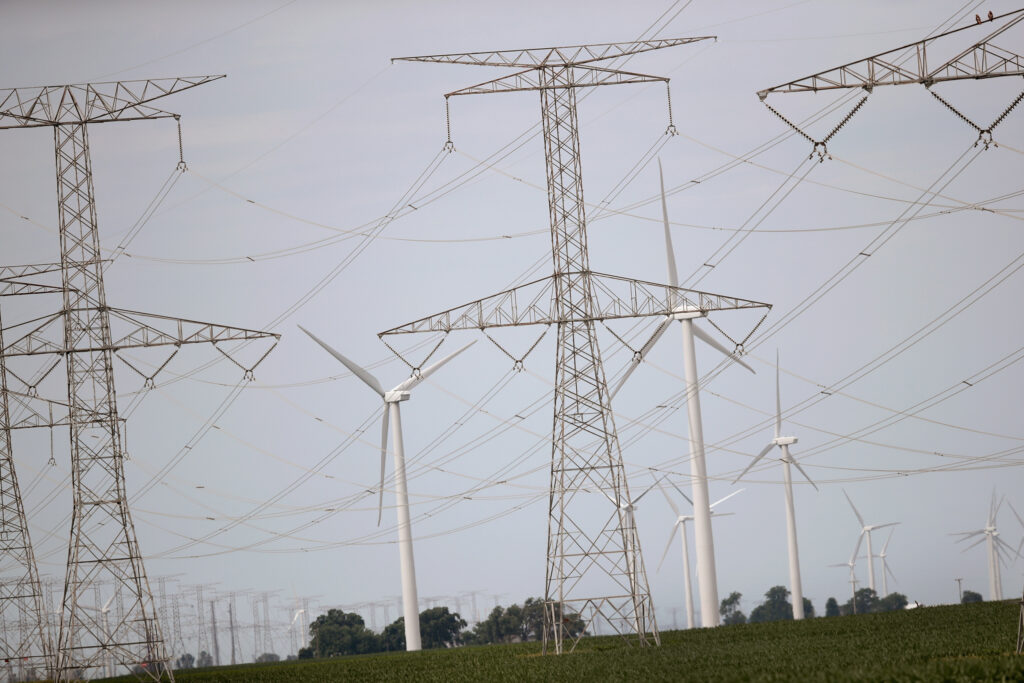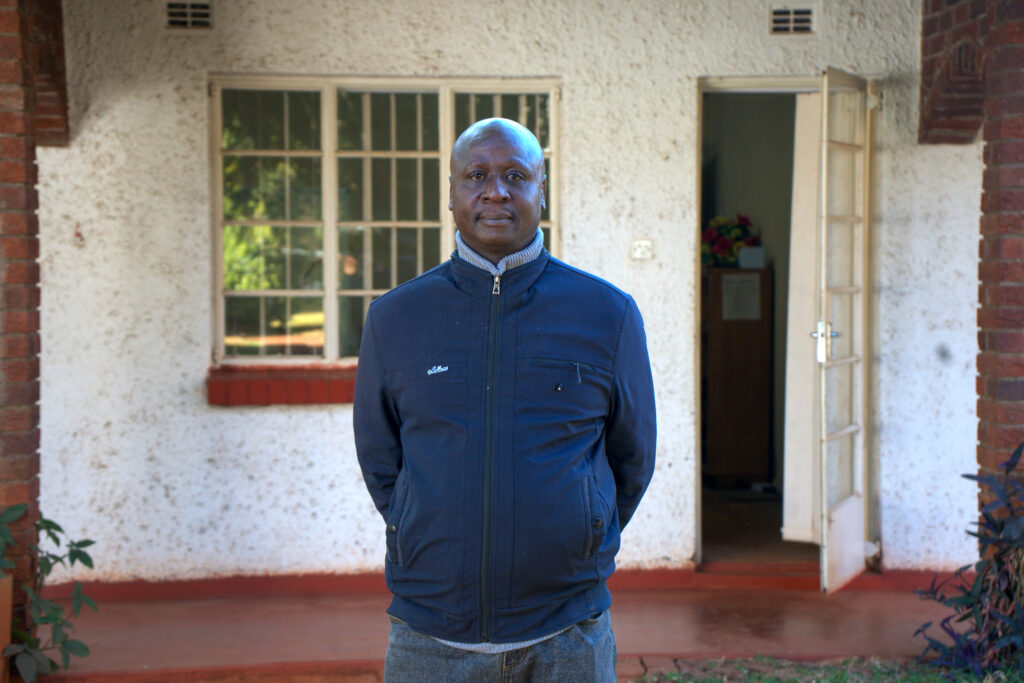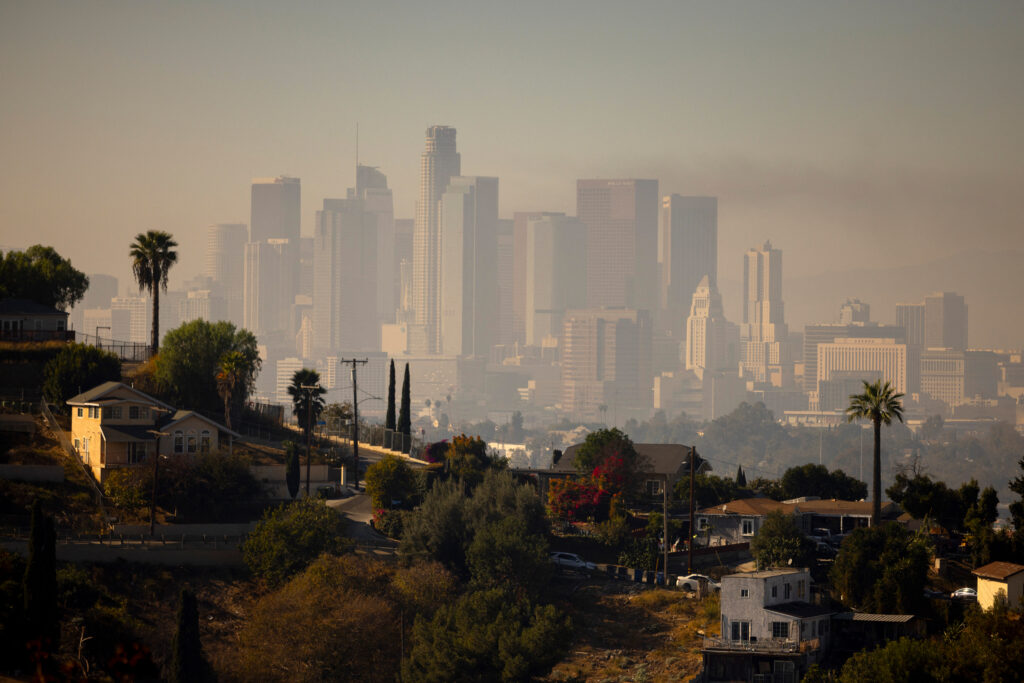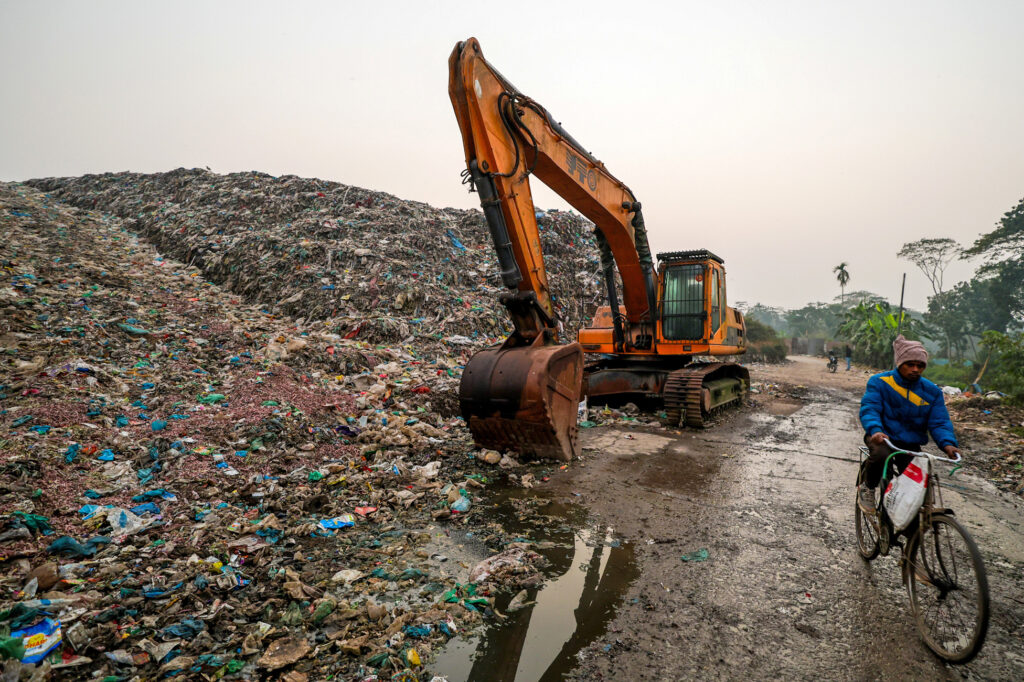Japanese researchers say they have discovered the mechanism by which exposure to PM2.5 air pollution causes airway dysfunction, and how the resulting damage might be reversed.
A large portion of natural and human-made air pollutants fall under the PM2.5 category, which relates to airborne particles below 2.5µm diameter. It includes dust, vehicle exhaust and wildfire smoke. When inhaled, it is believed to cause severe airway damage and respiratory diseases. To understand how exactly air pollution particles affect the respiratory system, the researchers ran a series of experiments on mice. They exposed the mice to environmental pollutants and then examined their respiratory tracts for changes in structure and function.
“Our results were quite informative. We found that PM2.5 air pollutants negatively affect mucociliary clearance, a major protective mechanism in the respiratory tract,” said lead author, Noriko Shinjyo of the University of Osaka, which led the research. “Mucociliary clearance basically involves trapping pollutants in a sticky mucus and then sweeping the pollutants out the airway with hair-like projections called cilia.”
The researchers’ findings seemed to confirm that the pollutants caused oxidative injury in the airways, which facilitates the formation of lipid peroxide-derived aldehydes. This substance is a reactive aldehyde that damages the protective cells in the airway, including airway cilia. As damaged airway cells and cilia can no longer move debris and pollutants out of the airways, the risk of infection is increased.
The team also attempted to ascertain how to restore normal cellular function and reverse damage. For this, the researchers investigated how one gene from the ALDH family, known to protect the body against harmful aldehydes, may counter the effect of airway pollutants.
“Aldehyde dehydrogenase (ALDH1A1) is an enzyme that plays an important role in protection against aldehydes. We used experimental mice that lacked ALDH1A1 to investigate the impact of air pollutants without the gene,” said Yasutaka Okabe, senior author. “As expected, the mice had impaired cilia formation and function and high levels of aldehydes.”
The research team also appeared to find that the absence of ALDH1A1 left the cells at a higher risk of serious respiratory infection when exposed to air pollutants. The importance of ALDH1A1 was further emphasized when it was also found that drug-enhanced ALDH1A1 levels improved the mice’s mucociliary function in response to pollutants.
These findings appear to reveal how PM2.5 pollutants disrupt the lungs’ self-cleaning system. The work also offers a potential therapeutic target: the enzyme ALDH1A1.
The results were published in The Journal of Clinical Investigation.



